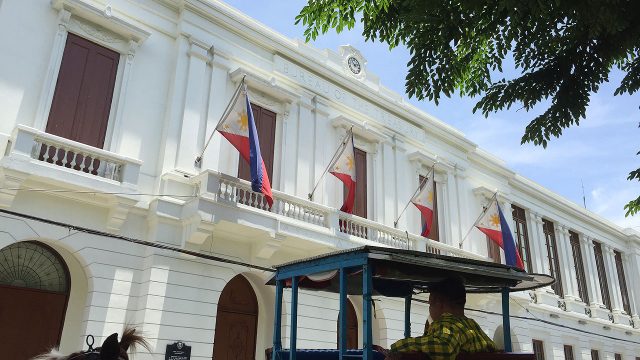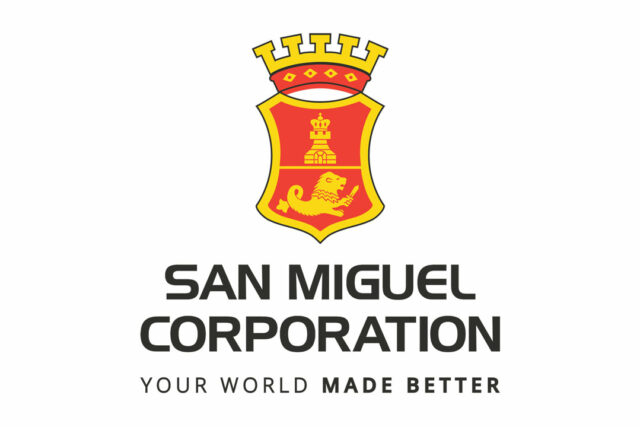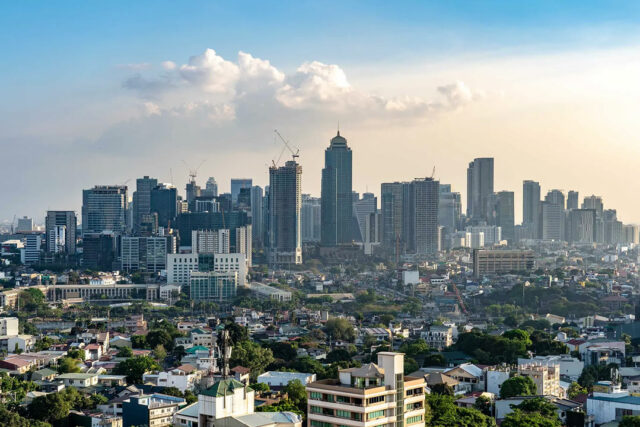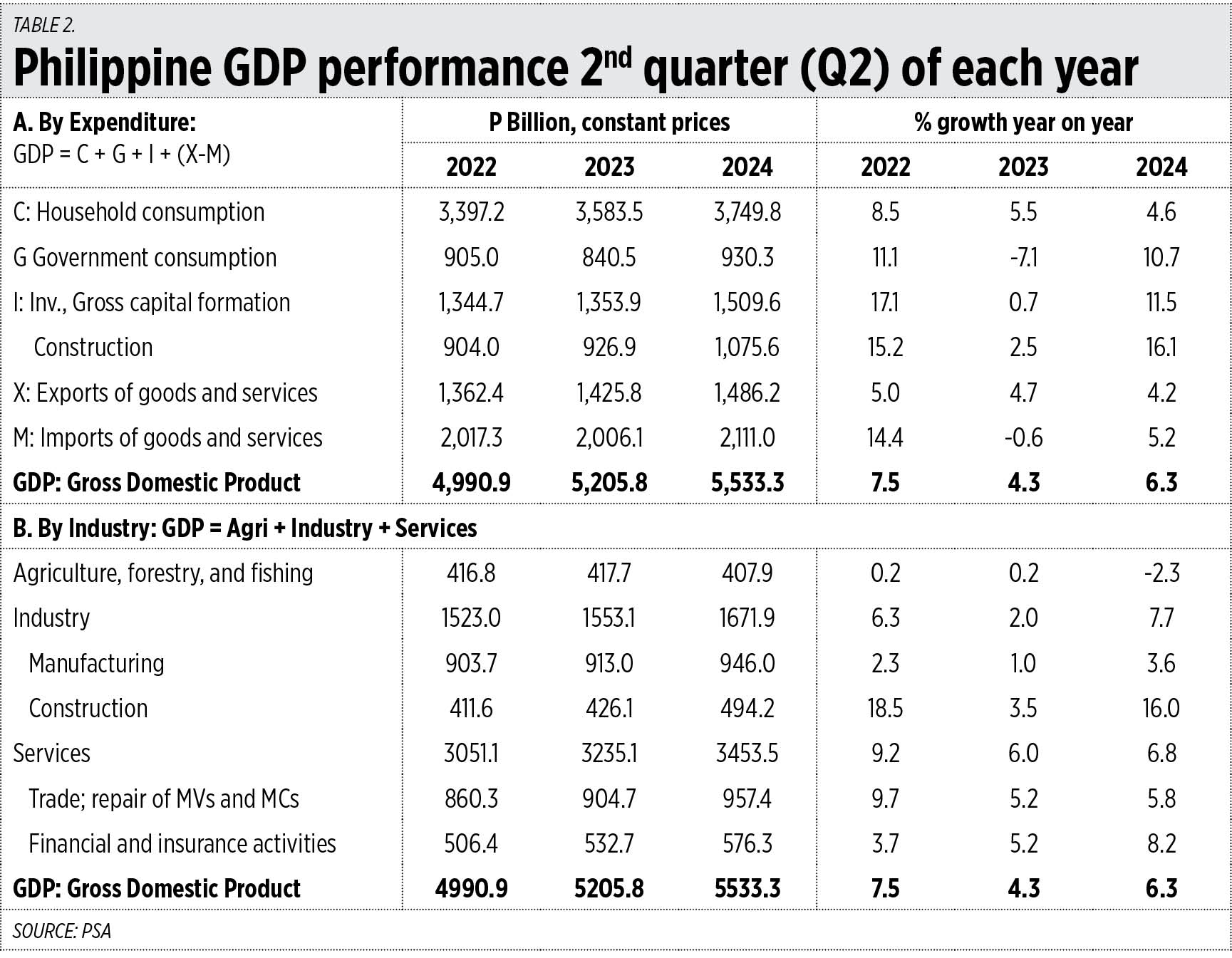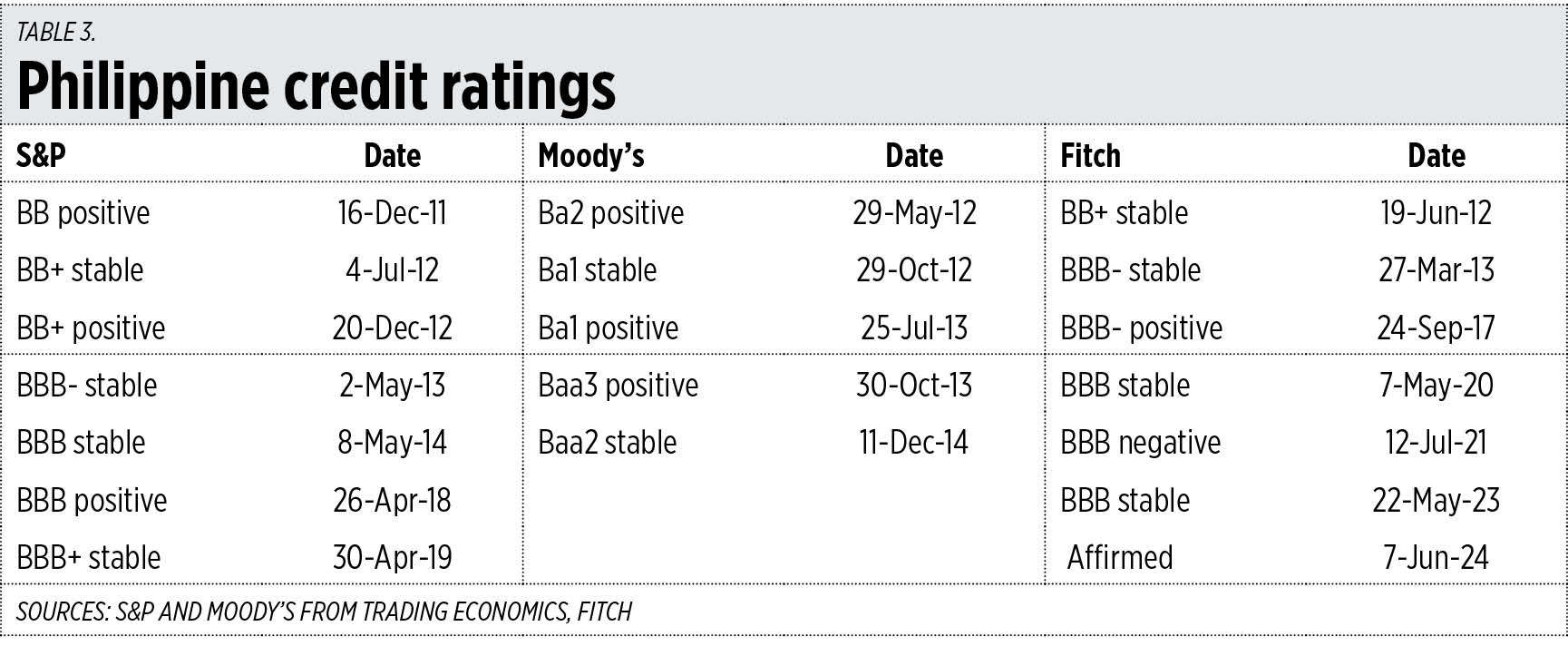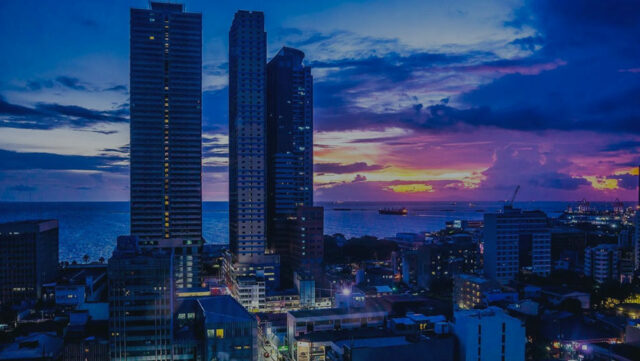DMCI, RLC: First tower of Sonora Garden Residences 56% sold
By Aubrey Rose A. Inosante, Reporter
DMCI HOMES and Robinsons Land Corp. (RLC) Residences said that Cadence, the inaugural tower of their joint-venture development, Sonora Garden Residences, has sold 56% of its units.
Located in Robinsons Las Piñas Complex along Alabang-Zapote Road, the three-tower project began its turnover of units on July 27.
“The sales take-up is doing very well since we physically opened the project for viewing last March. The sales continue to show an upward trend over the past few months,” DMCI Homes told BusinessWorld via an e-mailed statement on Aug. 8, adding that Cadence is already 56% sold.
DMCI also said that both companies still expect P13 billion in revenue from Sonora Garden Residences and P6 billion for the Cadence building.
“Sonora Garden Residences is still priced competitively at P128,000 per square meter (sq.m.) at the moment vs. other developments in the area that can go as high as P190,000 per sq.m.,” DMCI said.
The firm also said that the upcoming opening in the fourth quarter of some infrastructure near the project will further benefit investors by improving the project’s accessibility.
The 1.45-hectare Sonora Garden Residences offers a mix of one-, two-, and three-bedroom units ranging from 28 to 83.5 sq.m., ideal for young professionals and startup families.
“The spacious units are complemented by expansive open spaces, lush gardens, and a variety of resort-inspired amenities, all of which perfectly blend with the relaxed atmosphere of Las Piñas City,” DMCI said.
The amenities include a kiddie pool, leisure pool, lap pool, and snack bar.
Residents can access the Sky Lounge, designed for family gatherings and community events, with a view of the southern metro’s cityscape.
Sonora Garden Residences also offers proximity to Robinsons Place Las Piñas, with access to various retail and dining options, and to Las Piñas, Zapote, and Dr. Arcadio Santos stations of the Light Rail Transit Line 1 Cavite extension project.
“Once completed, travel time between Quezon City and Cavite will be reduced from an hour and a half to just 25 minutes,” it said.
The project is minutes away from Dr. A. Santos Ave. (formerly Sucat Road) and the Manila–Cavite Expressway, providing convenient travel around the metro and to southern tourist destinations like Tagaytay, the firm said.
“With its strategic location, comprehensive amenities, and thoughtfully designed living spaces, Sonora Garden Residences is poised to redefine urban living in Las Piñas City, promising a serene and convenient lifestyle for its residents,” DMCI said.


